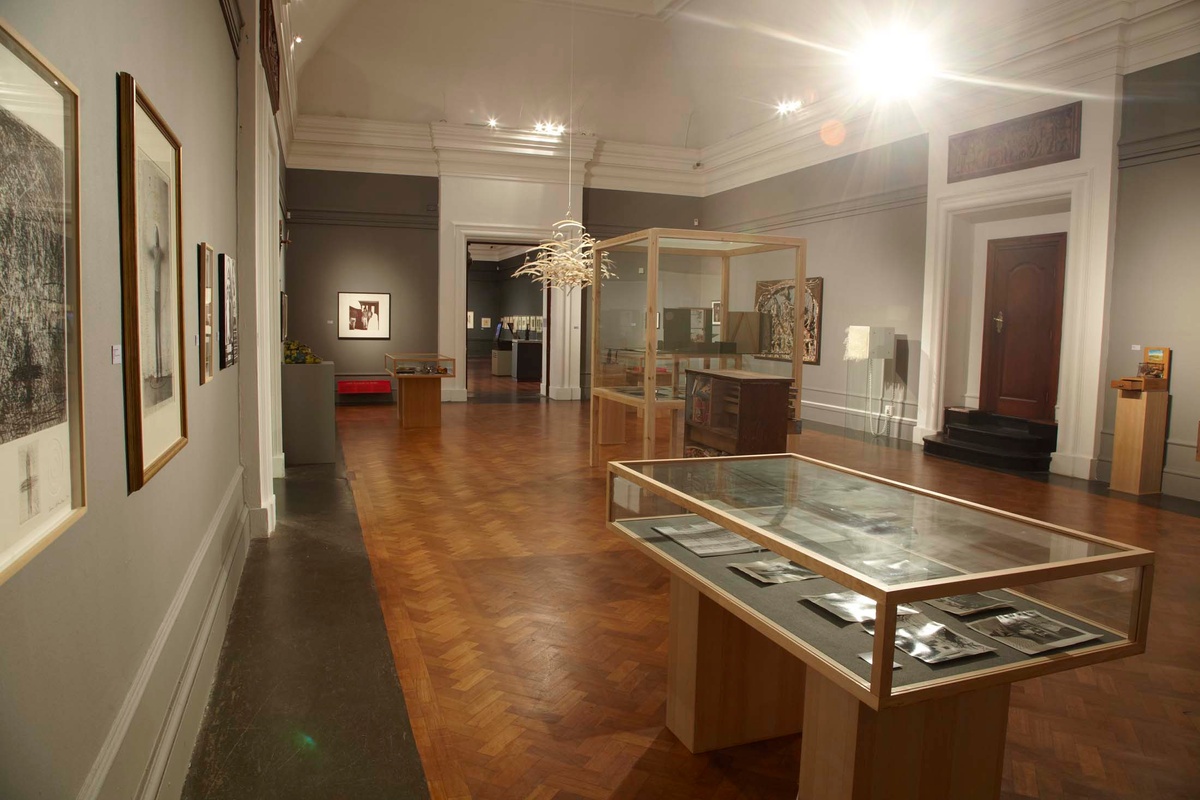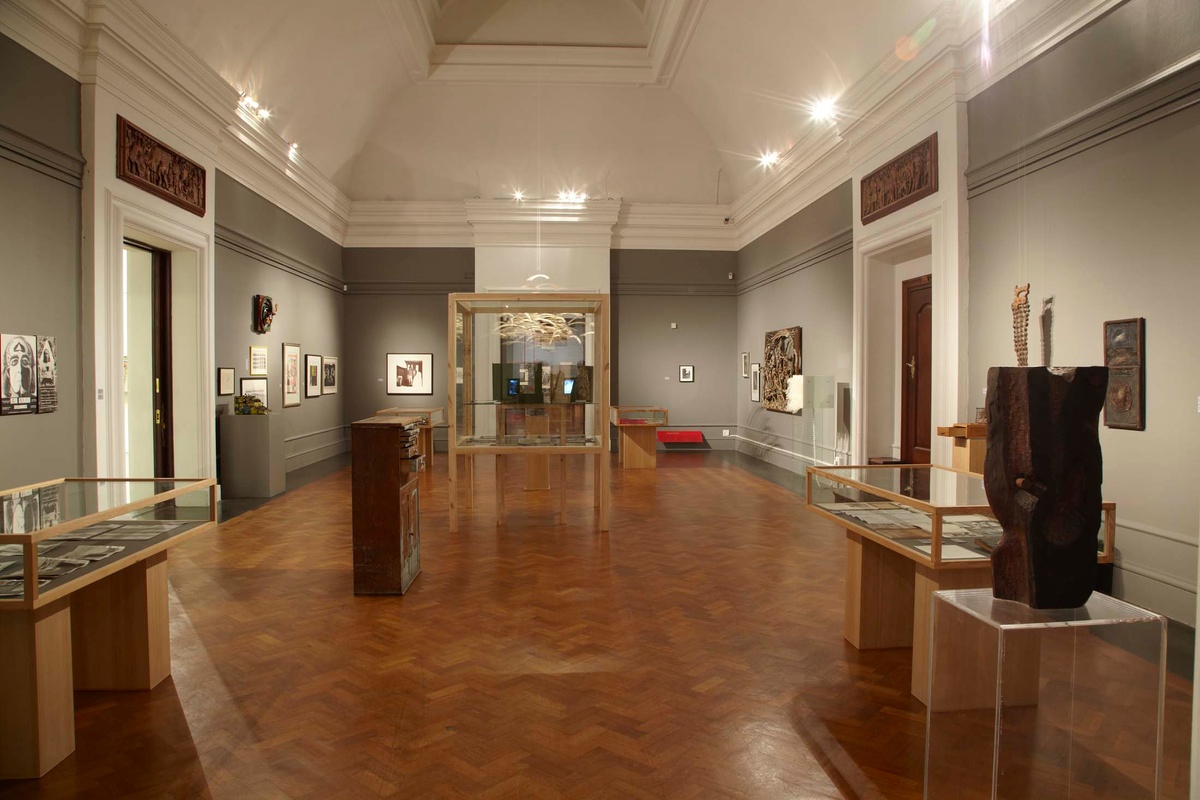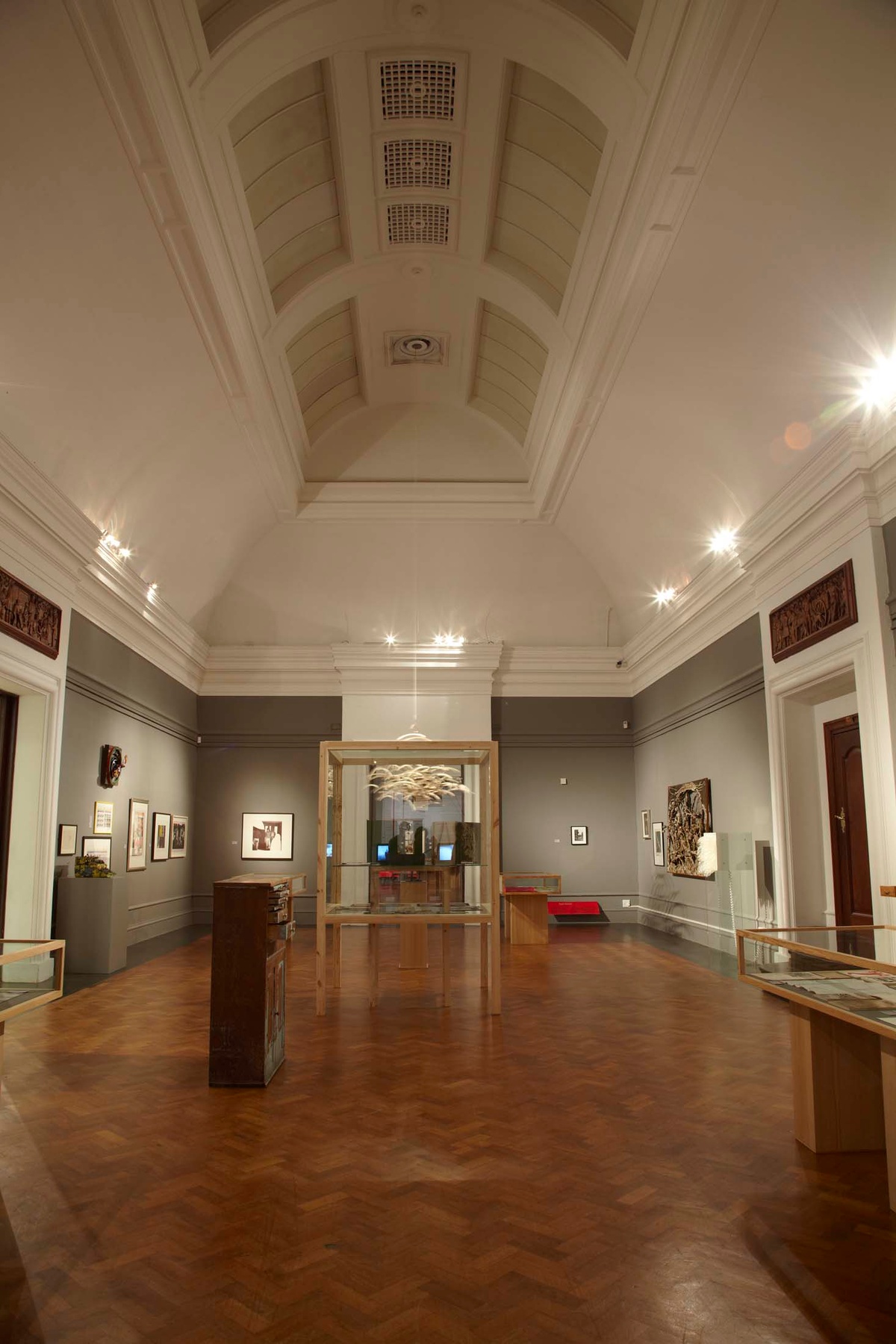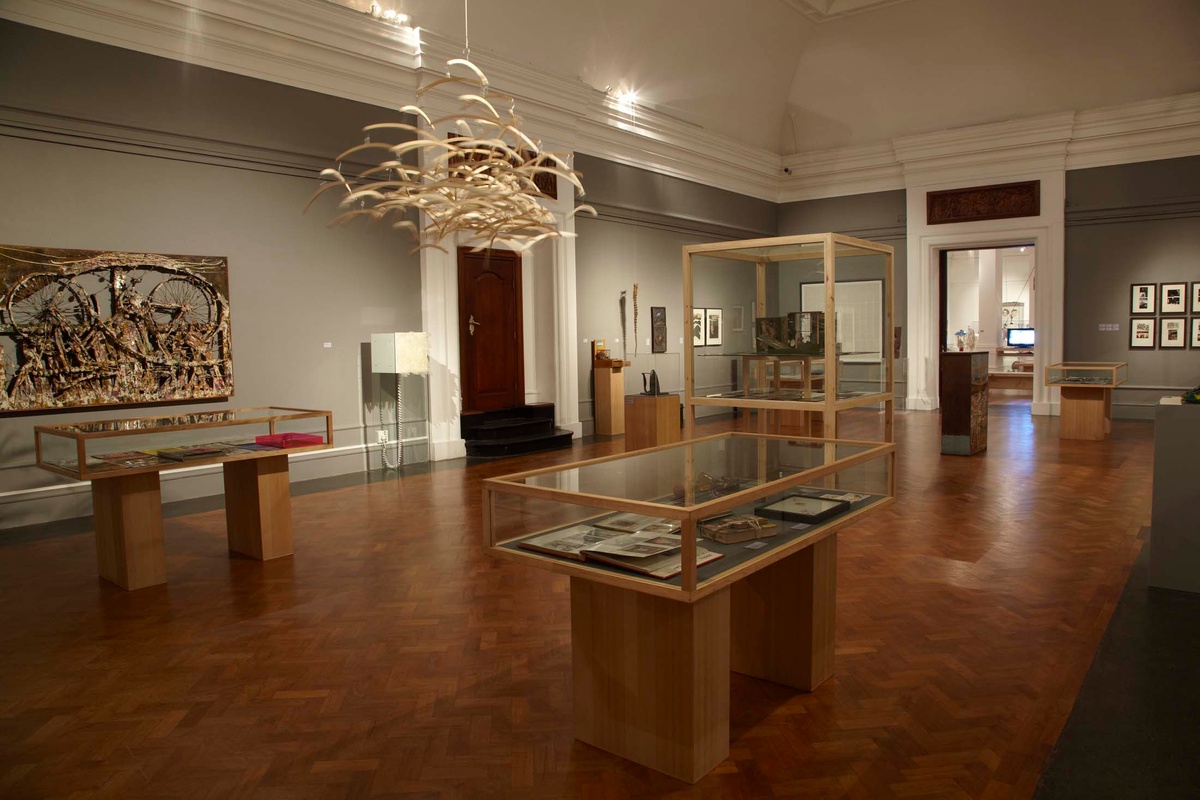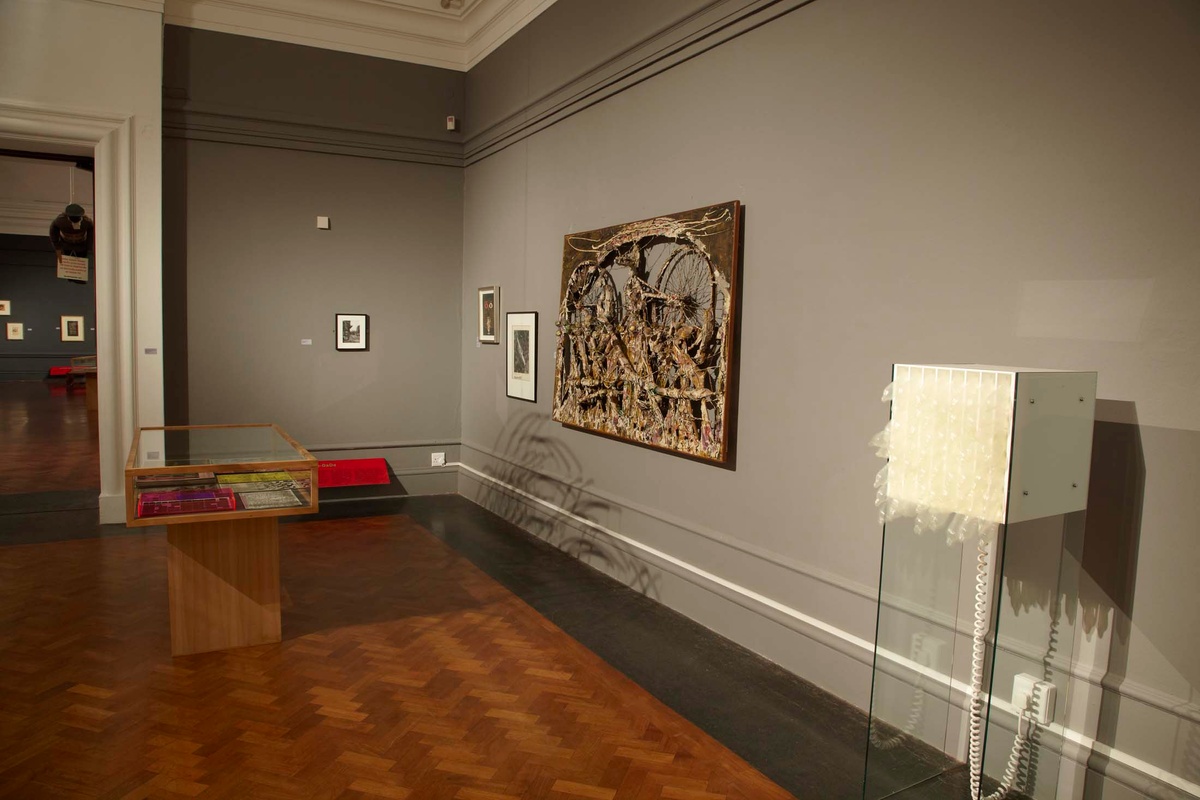Christo Coetzee
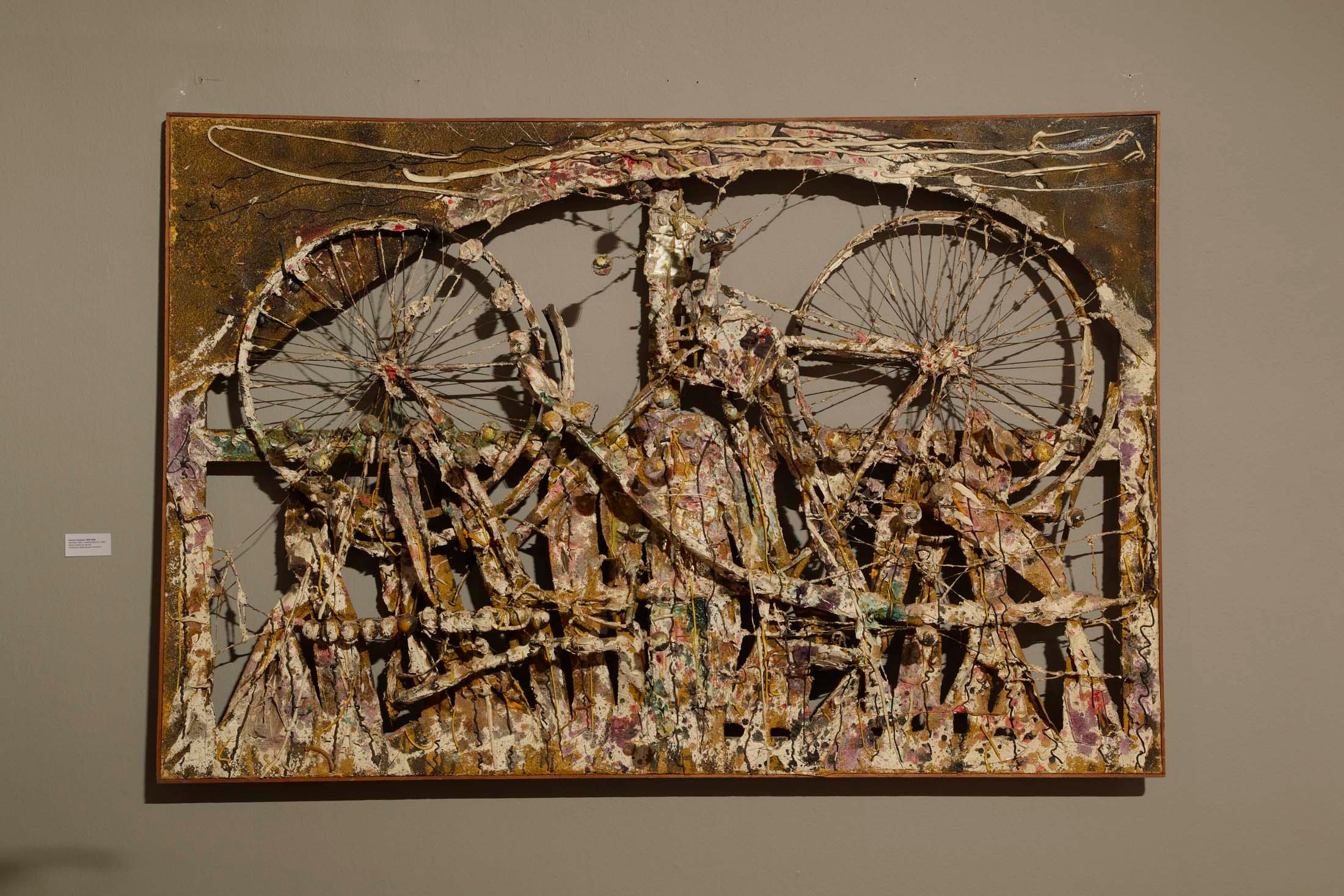
This artwork was loaned to the exhibition Dada South? Experimentation, Radicalism and Resistance curated by Kathryn Smith and Roger van Wyk, Iziko South Africa National Gallery, December 12, 2009–February 28, 2010. It is indexed here as part of Smith and Van Wyk’s revisiting of the Dada South? Archive of materials at A4 Arts Foundation.
b.1929, Johannesburg; d.2000, Tulbagh
Christo Coetzee’s peers while studying at the University of the Witwatersrand included Cecil Skotnes and Esmé Berman. Skotnes would go on to become one of South Africa’s most influential educators at Polly Street Art Centre in Johannesburg, where he championed the work of black South African artists; Berman would canonise South African art and artists in the first seminal work produced on the region’s artistic practices from 1875, Art and Artists from South Africa (1970). Coetzee left South Africa to study at the Slade School of Art in London in 1951. His subsequent movements through Western Europe and Japan culminated in a polyglottal interest in the visual languages of mid-century abstraction as he developed working relationships with pioneering artists as well as gallerists, critics, and collectors. Coetzee recognised the influences on his practice from Karel Appel (b.1921, Netherlands; d.2006, Switzerland), Lucio Fontana (b.1899, Argentia; d.1968, Italy), Georges Matthieu (b.1921, France; d.2012, France), and Jiro Yoshihara (b.1905, Osaka; d.1972, Japan), founding artists of CoBrA, Spatialism, Art Informel, and Gutai respectively – as well as Rodolphe Stadler whose gallery in Paris functioned as a meeting place for their ideas.
On Coetzee’s return to South Africa, the Pretoria Art Museum held a mid-career survey of artworks made while he was in Europe. In 1975, Coetzee opened a show of abstract paintings in Cape Town. The next day, he cut the works into pieces and labelled this action ‘repairism’. By way of a public lecture, he felt compelled to defend his work from the “gawking, gaping and sniggering spectators who do not normally go into a gallery,” whose attendance at the exhibition was recorded by artist and academic Neville Dubow. To Coetzee, his work risked being labelled by “varying sections of the public as insane, naive, passé or downright vandalistic.” He explained the meaning of the exhibition as follows:
If we consider that the emotional involvement of the artist with his work does not end with his exhibition, except for the sake of convention, it becomes clear that the paintings are now merely at a further stage of their development…
There, he repeated his affinities for the slashed canvases of Fonatana, where the canvas becomes a sculpture, revealing spatial dimensions beyond the flat plane. This compulsion to defend and explain his artworks is perhaps revealing of Coetzee’s ever-narrowing opportunities to interface with the truly avant-garde. An anti-establishment attitude does not ask to be accepted and understood. For Coetzee, the radical and inventive remained ‘elsewhere’ and he felt besieged by what he experienced as South Africa’s art world parochialism.
